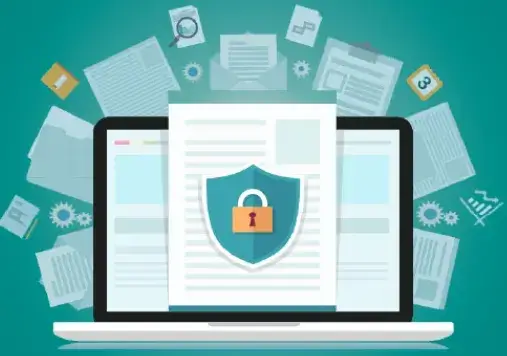In today’s fast-paced digital landscape, businesses are increasingly relying on automated authorization workflows to streamline processes and improve efficiency. These workflows allow organizations to manage access to sensitive information and resources more effectively, reducing the risk of unauthorized access and data breaches. However, as automation becomes more prevalent, ensuring compliance and security within these workflows becomes paramount.
Automated authorization workflows are commonly used in various scenarios, including user access management, approval processes, and authentication mechanisms. Whether it’s granting access to confidential documents, approving financial transactions, or managing employee permissions, these workflows play a critical role in modern business operations. However, they also pose significant challenges when it comes to compliance and security.
Automated authorization workflows are commonly used in various scenarios, including user access management, approval processes, and authentication mechanisms. Whether it’s granting access to confidential documents, approving financial transactions, or managing employee permissions, these workflows play a critical role in modern business operations. However, they also pose significant challenges when it comes to compliance and security.
Conclusion
In conclusion, ensuring compliance and security in automated authorization workflows is essential for protecting sensitive information and maintaining the trust of customers and stakeholders. By implementing robust authentication mechanisms, centralizing authorization policies, regularly reviewing access controls, and following best practices for encryption, monitoring, and employee training, organizations can minimize the risk of unauthorized access and ensure compliance with regulatory requirements. Automated authorization workflows offer numerous benefits in terms of efficiency and productivity, but these benefits must be balanced with adequate security measures to mitigate risks effectively.



